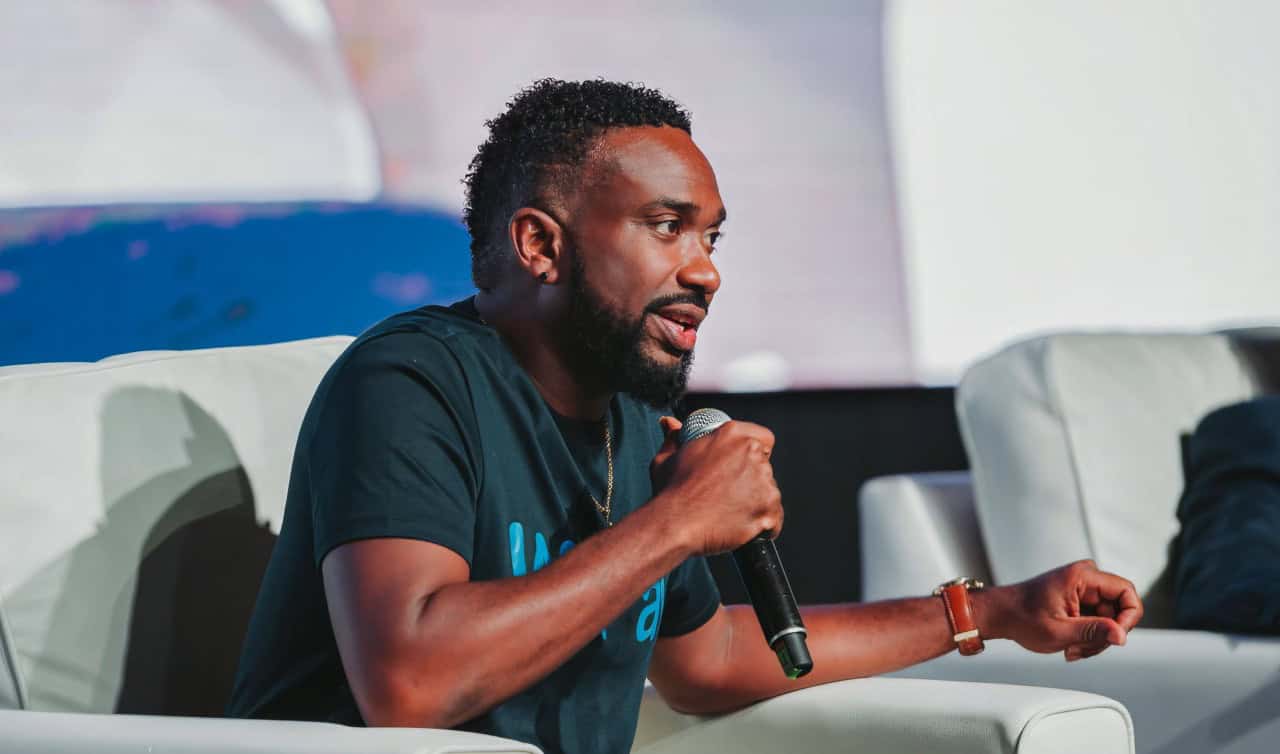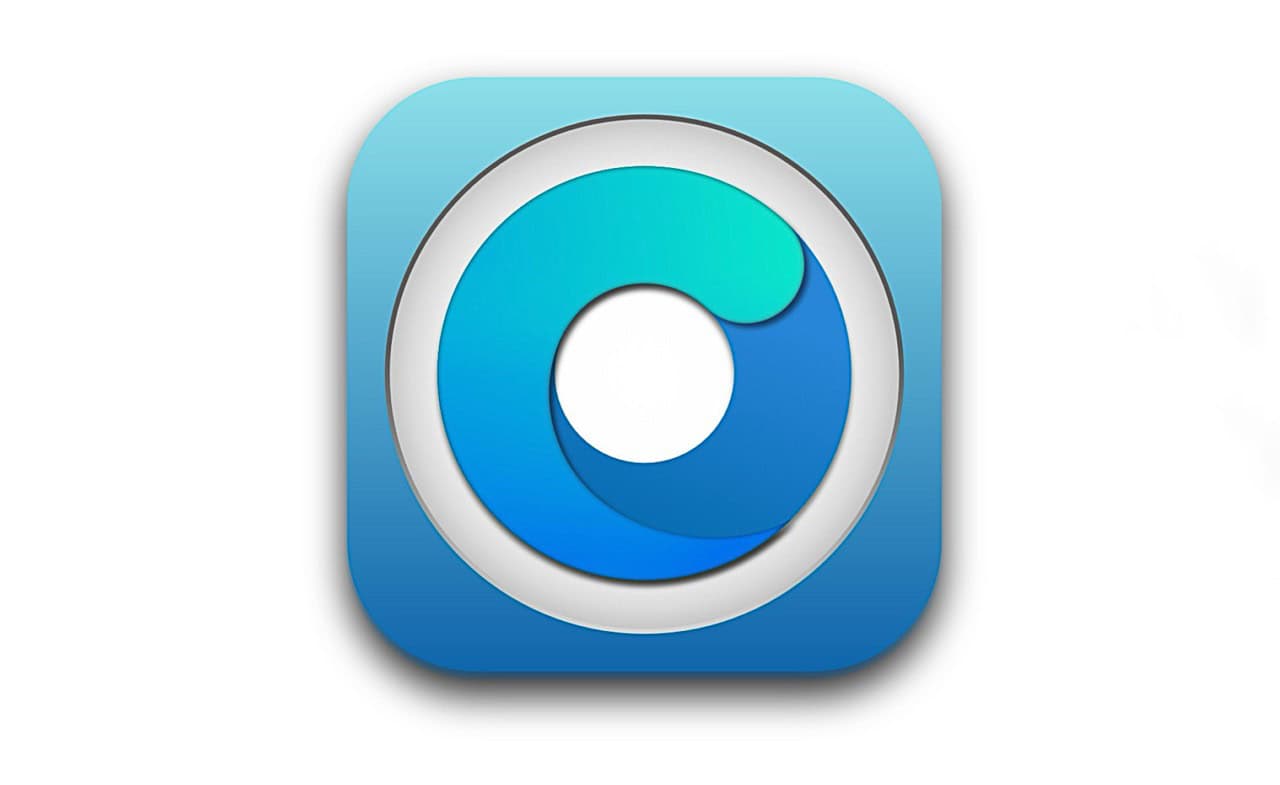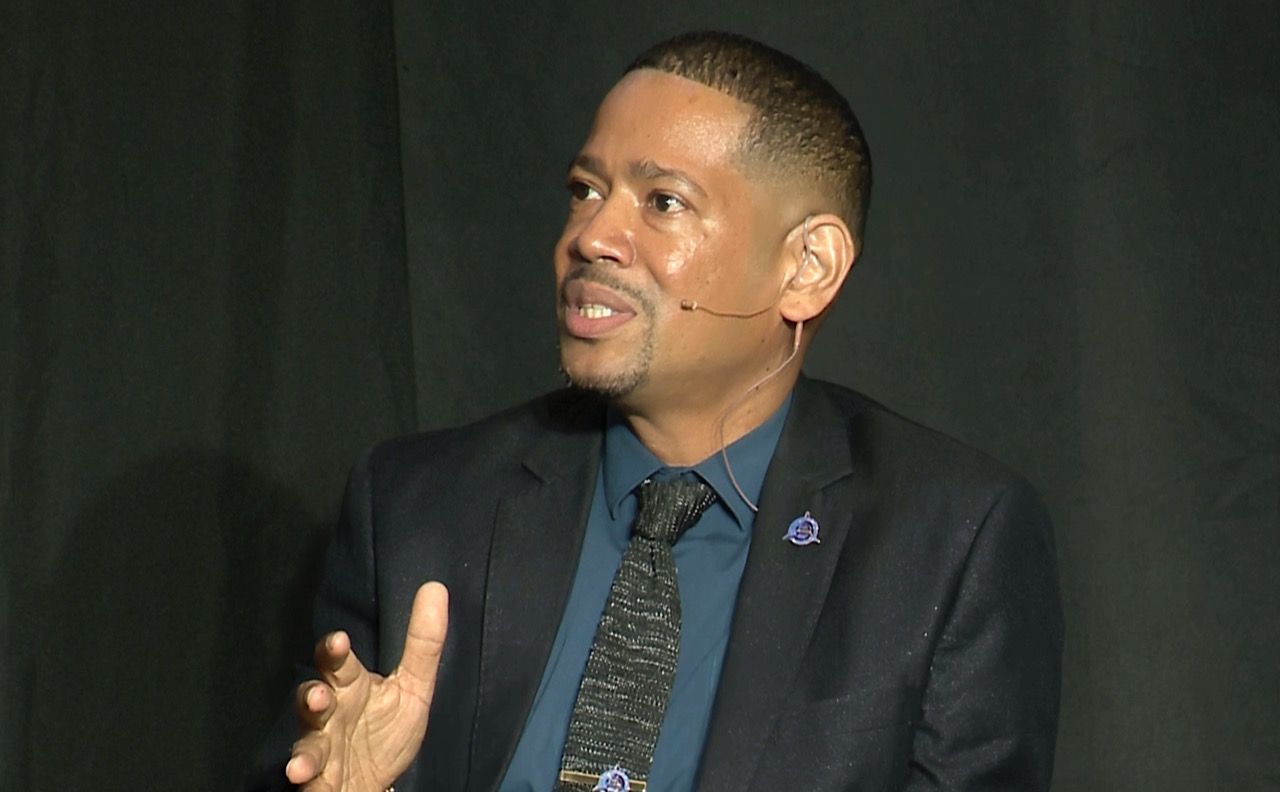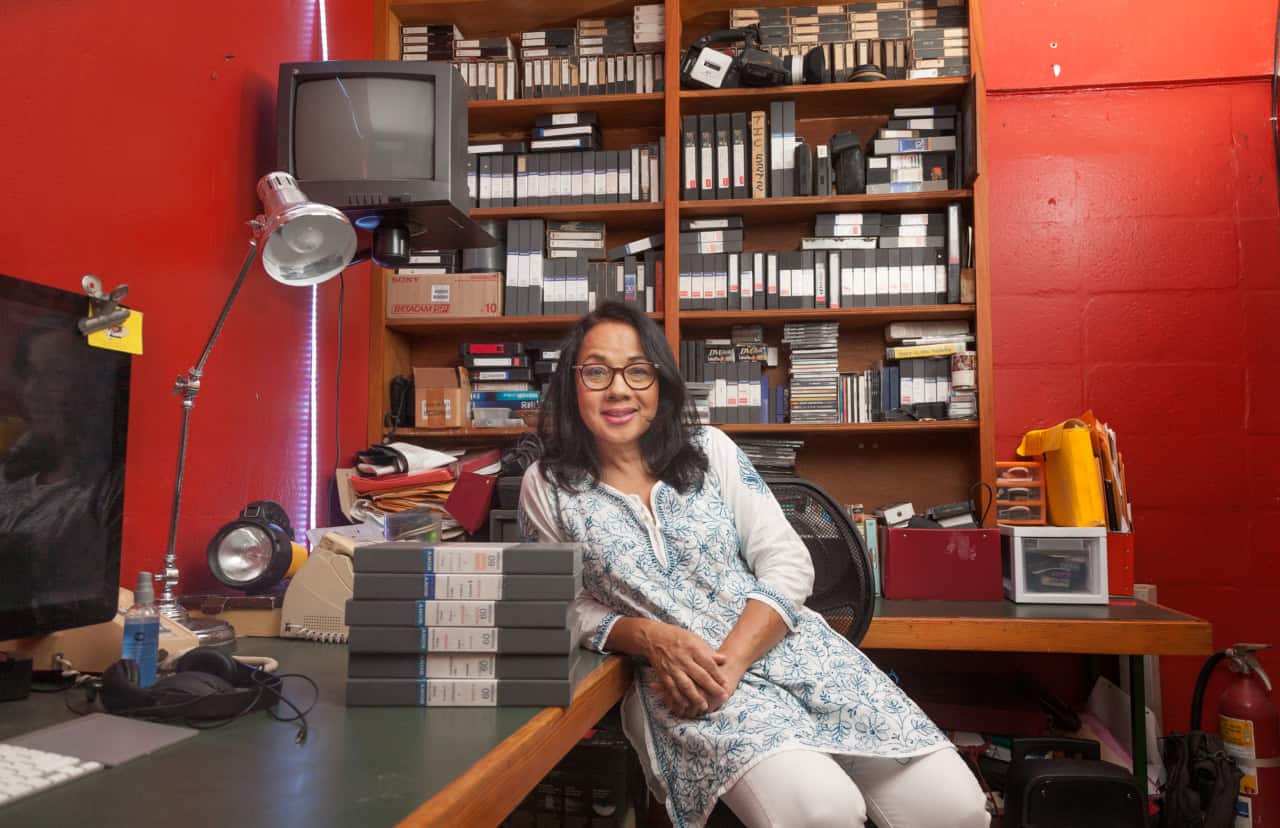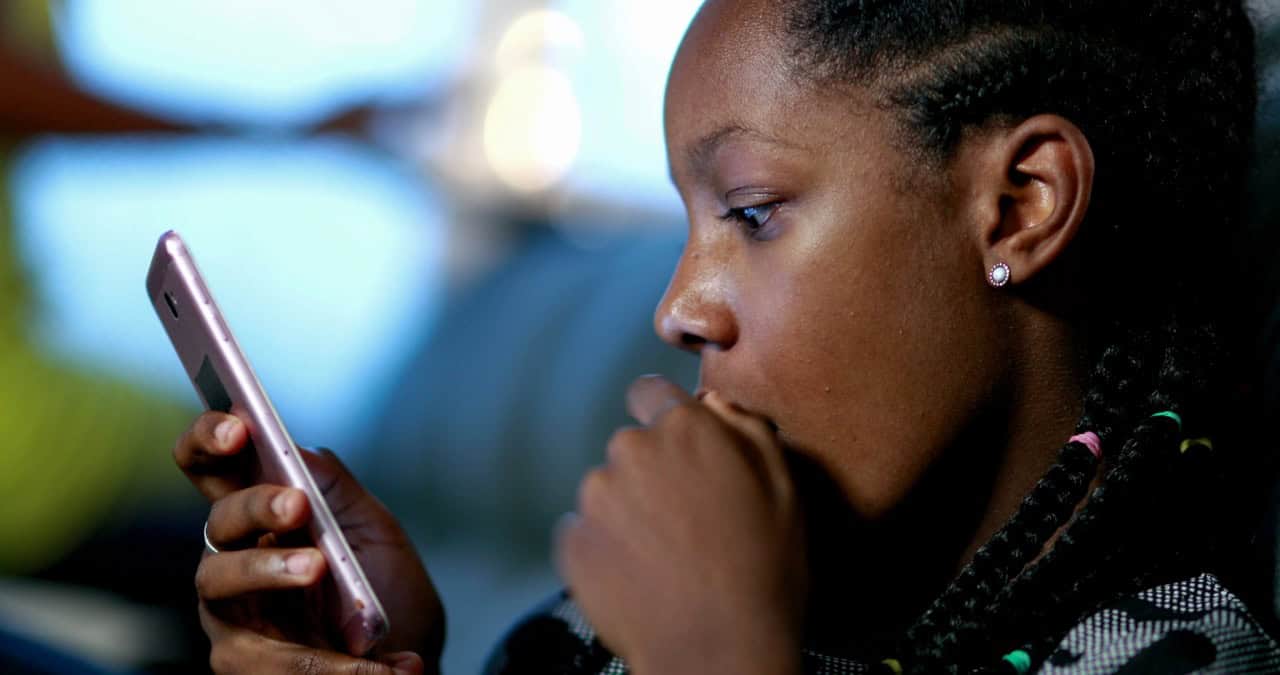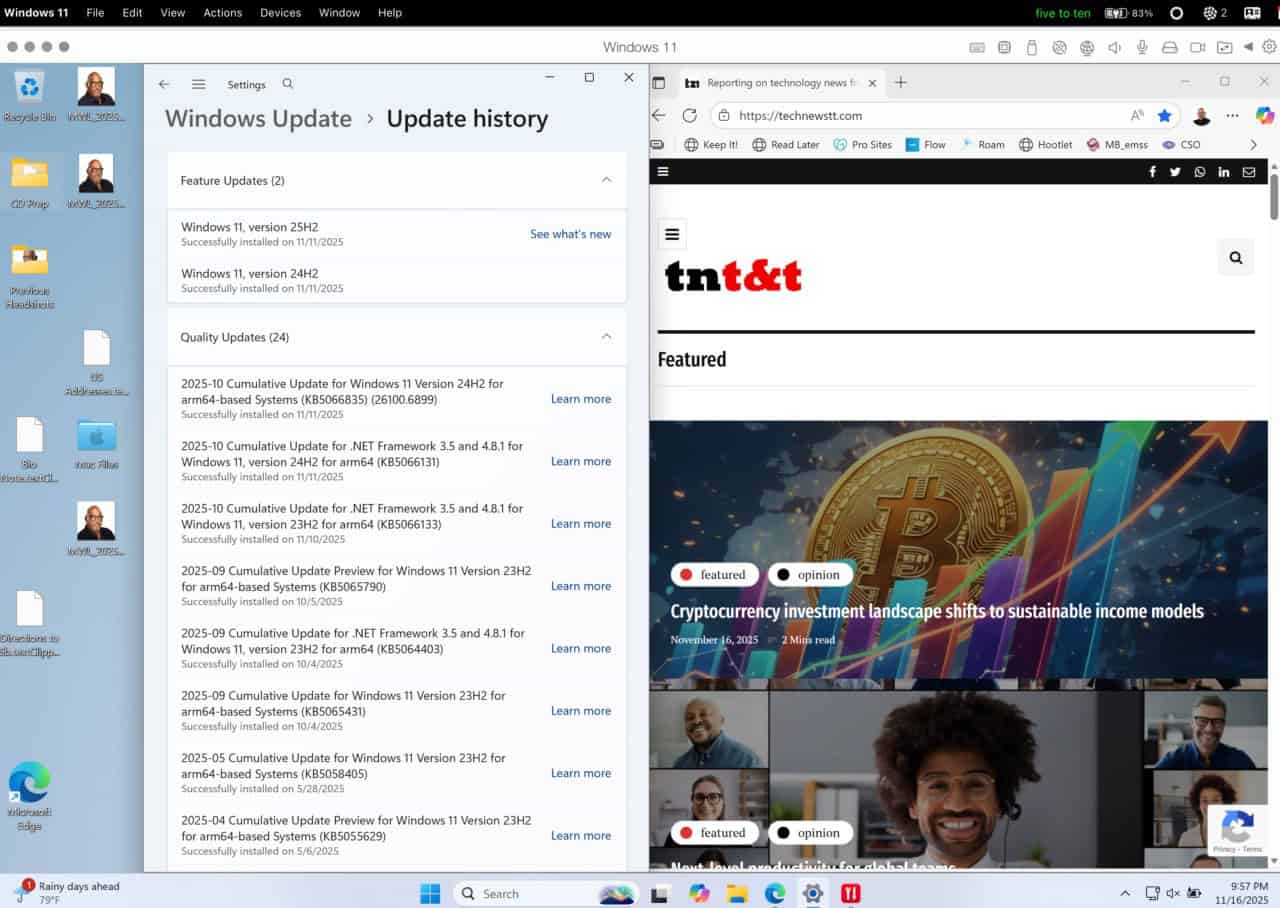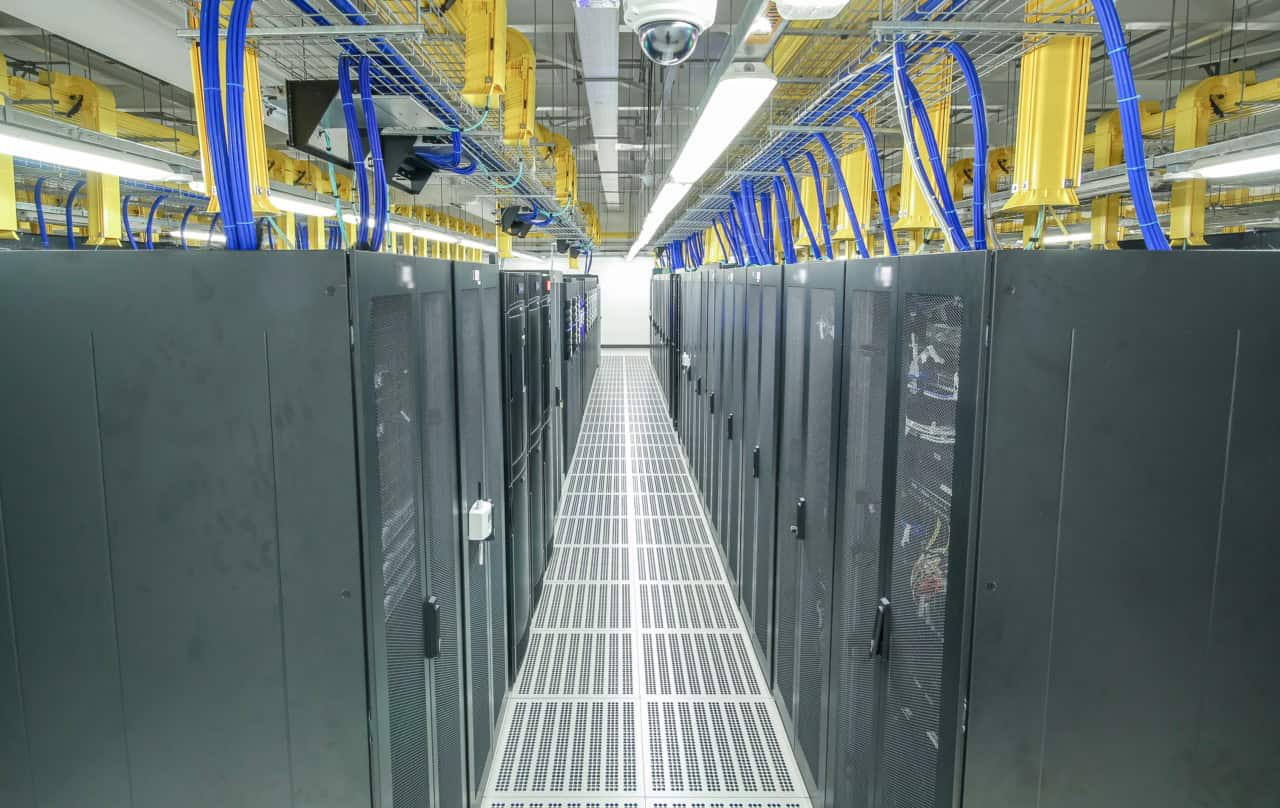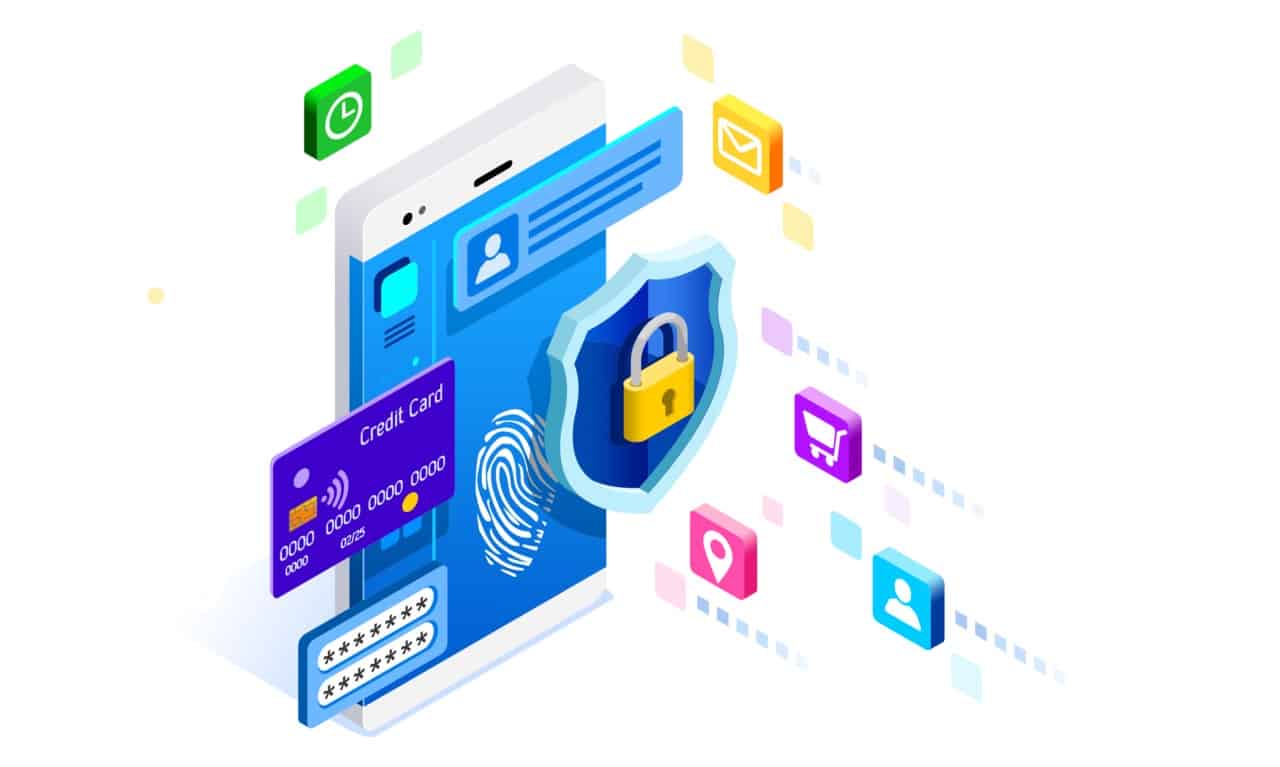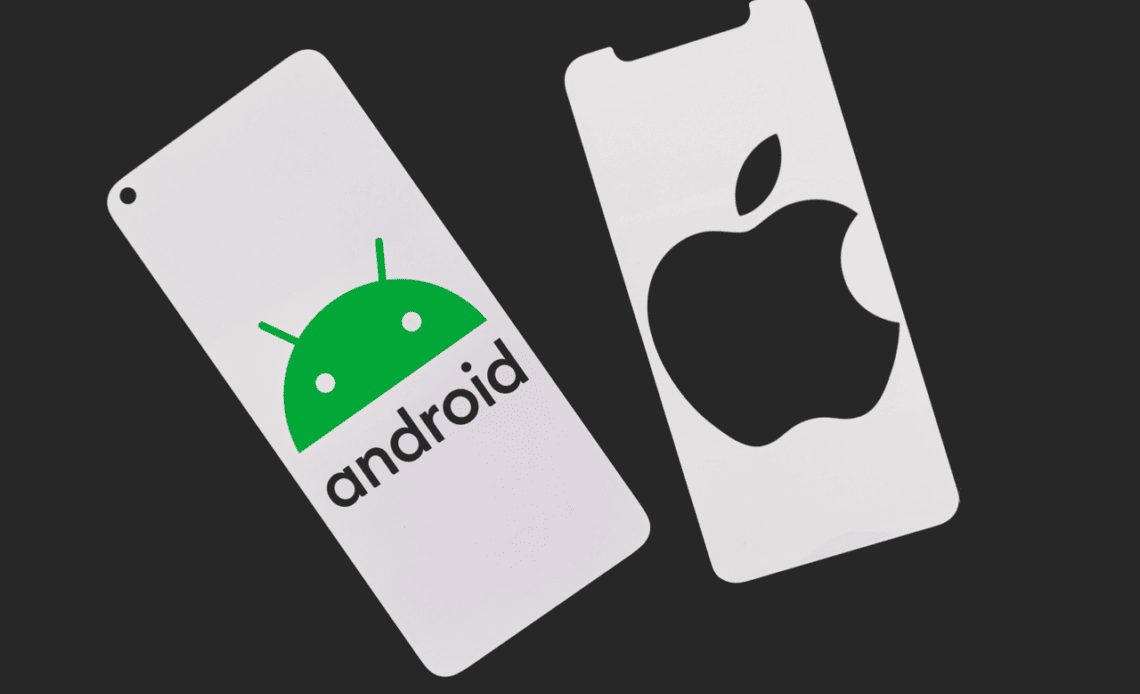
Above: Image by rokas91/DepositPhotos
BitDepth#1434 for November 27, 2023
It’s been 14 years since I used an iPhone. Back then, apps were still in their infancy on the platform.
Dr Eric Schmidt had found himself in an untenable situation then as the conflict between his CEO role at Google (which was developing Android) and Apple deepened, leading to his resignation in August 2009.
The dominant and most desirable smartphone then was the Blackberry.
Time passed, and I spent the intervening years watching Android grow as a software development environment and eventually crush its competitors, Nokia’s Symbian, Microsoft’s Windows Phone and RIM’s Blackberry OS.
Starting with Samsung’s Galaxy S2, I’d go on to become something of a savant at integrating an Android mobile phone into an otherwise Apple fuelled workflow, but there were inevitably hiccups.
Some things only worked properly in the Android environment and more specifically in Samsung’s ecosystem. Some Apple services wouldn’t work reliably on Android.
Making the two systems integrate successfully demanded a mix of software patches and open platforms. Tools that used open protocols and web services to exchange data and worked on multiple platforms became the go-to apps.
Fortunately, there are quite a few of them, from tools to manage mundane but deeply necessary functions like a to-do list to core functions like word processing and media transfer.
That preference for platform neutral tools would play a big role in moving from a three-year-old Samsung S20 Ultra to an iPhone 15 Pro Max.
As devices, they are surprisingly similar. Both sport triple lens arrays and the chunky but streamlined form factor characteristic of larger smartphones.
But mapping apps from one to the other, particularly if you use quite a few of them for different tasks, is a time-consuming process.
I’d already lost six months of WhatsApp messages when switching between two Android devices, and was paranoid about losing more recent chats, so I backed up the app repeatedly before making the first effort at transferring my mobile WhatsApp presence.
Some data would not be making the transfer. Samsung’s ecosystem for health monitoring on its smartwatch and Galaxy phone have no corollary on iOS, which exists in an entirely different world of data structures, defying any idea of interoperability.
Apple offers a “Move to iOS” app on the Play Store that’s slow, and a bit of a meggie about transferring apps.
You can make some Samsung smartwatches work on iOS, but Samsung’s software for the iPhone doesn’t support any Gear watch after version 3, the last Tizen OS based smartwatch before Samsung embraced Google’s Wear OS.
Apple offers a “Move to iOS” app on the Play Store that’s slow, and a bit of a meggie about transferring apps.
Most of the “apps” you find on the iPhone when it’s done are links to the software on the company’s App store, which you must then download to the device.
The move tool is only marginally more useful than making a list of the software you need in an iOS version and then searching the store for it.
Actually, given how long it takes, it’s probably better to just write out a list of must-have apps and then do the downloads one at a time.
Many apps also equals many password reauthorisations. I’d suggest using an authenticator app to ease some of this burden. Google offers one, though I’ve tended to favour the authenticator app offered by Microsoft.
If you haven’t used it before, you will have the same chore of looking up and typing up usernames and passwords for each app that requires one before launching, but after that, reauthorising using the authenticator app is much simpler and absolutely worth the initial effort.
I’d kept pace with the iterations of iOS via the iPads in use at the house, so there were few surprises in adjusting to the iOS way of doing things.
And yes, Apple’s iOS is a flag-bearer for the company’s “our way is the best way, also the only way” approach, certainly to a far greater degree than its been able to enforce on its MacOS platform.
One critical difference between the stores is that the MacOS app store came along long after the establishment of a software ecosystem and it’s one that’s well-populated by small developer shops and individuals who create hundreds of small, single purpose apps, many of them distributed on a shareware basis.
By comparison, the iOS app store was a walled garden right from the start. Sometimes that’s a benefit.
On Google’s Play store, it isn’t uncommon to find five apps with the same name.
That never happens on the iOS app store, where the scrutiny of submitted software is far more robust though the updates to software there is glacial.
The differing approaches to integration by these dominant smartphone operating systems is examined next.


